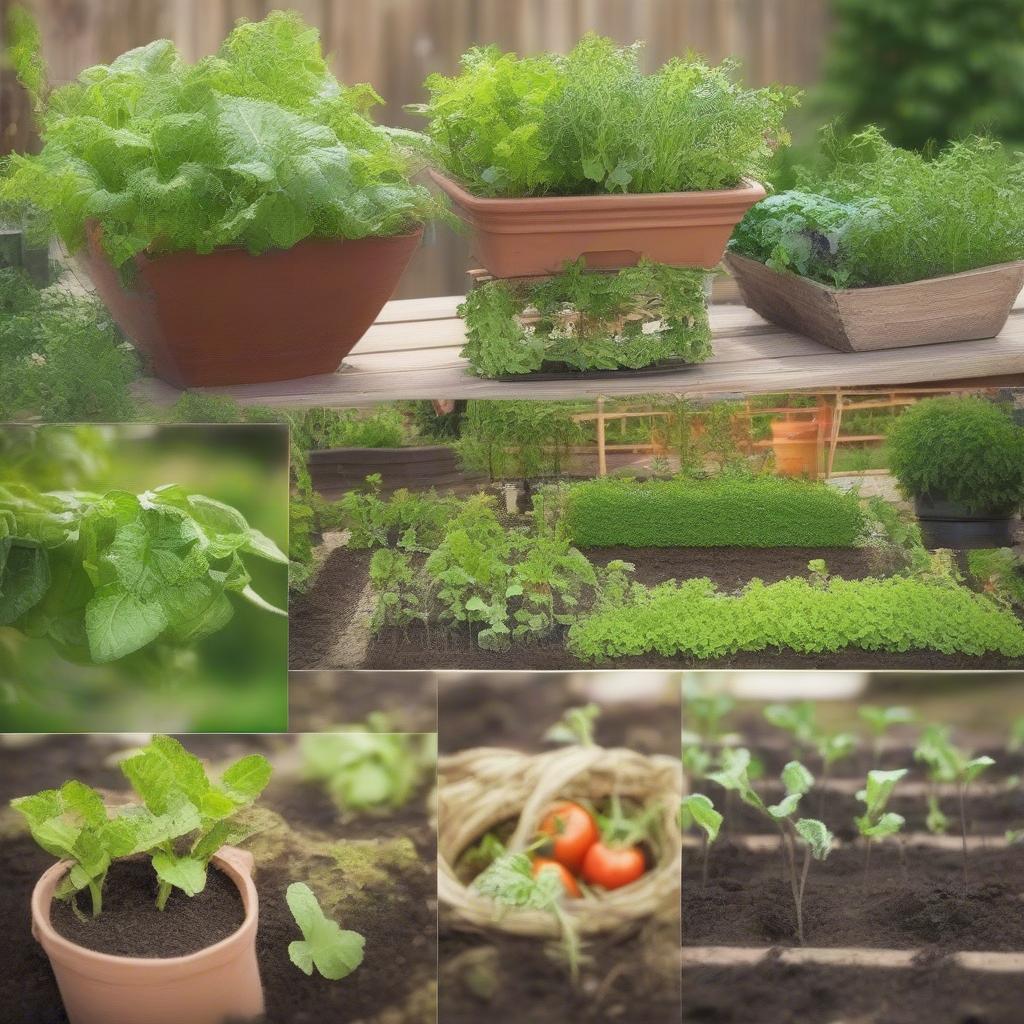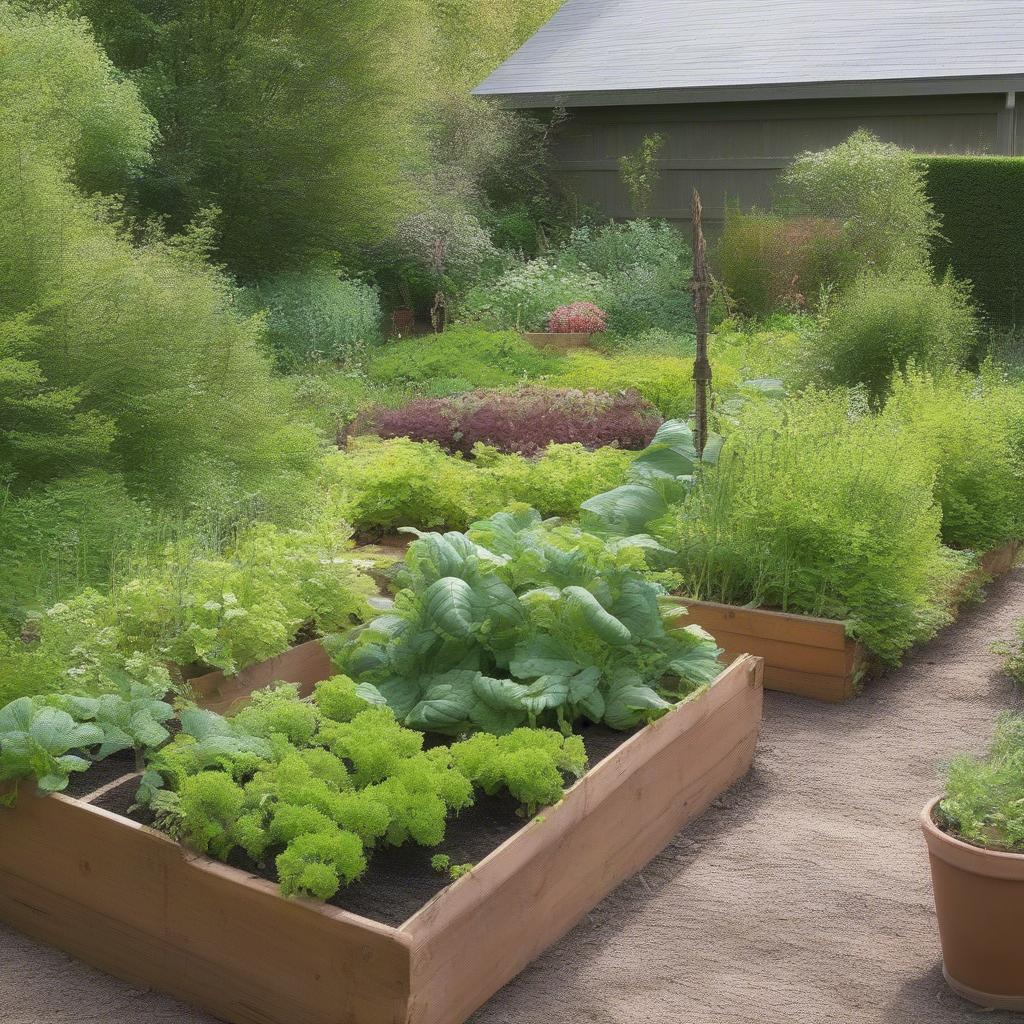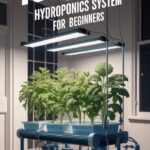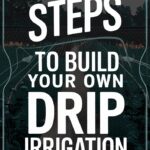
Getting Started with Organic Gardening: Tips and Tricks for a Thriving Garden
Organic gardening is a great way to grow your own delicious, fresh produce while having fun and learning at the same time. Not only can it help you save money on grocery bills, but it’s also a way to reduce your environmental impact and promote sustainable living. But getting started can seem overwhelming, especially for beginners. Don’t worry, we’ve got you covered. With these tips and tricks, you’ll be well on your way to creating a thriving organic garden.
Tools of the Trade
Before you start gardening, it’s essential to have the right tools. Here are some of the top-tested tools you’ll need to get started:
- Fiskars PowerGear Bypass Pruner ($25, amazon.com)
- Fiskars 3 Piece Softouch Garden Tool Set ($16, amazon.com)
- Luster Leaf Rapitest Soil Test Kit ($14, amazon.com)
- Yimby Tumbler Composter ($89, amazon.com)
- Pine Tree Tools Bamboo Working Gloves ($8, amazon.com)
- Union Watering Can ($10, amazon.com)
Preparing the Soil
The key to a successful organic garden is healthy soil. To get the best results, you need to make sure your soil is properly conditioned. Here are some tips to help you get started:
First, you need to eat, and so do plants. Make sure your veggies get lots of fresh nutrients. Healthy soil helps build up strong, productive plants. Chemical soil treatments can not only seep into your food, but they can also harm the beneficial bacteria, worms, and other microbes in the soil.
The best way to gauge the quality of your soil is to get it tested. You can get a home testing kit or send a sample to your local agricultural extension office. For a modest fee, you’ll get a complete breakdown of pH and nutrient levels, as well as treatment recommendations. Be sure to tell them you’re going organic. Typically, it’s best to test in the fall and apply any organic nutrients before winter.
Making Good Compost
Compost is essential for a healthy organic garden. It feeds plants, helps conserve water, cuts down on weeds, and keeps food and yard waste out of landfills by turning garbage into black gold. Here’s how to make your own compost:
- Measure out a space at least three feet square. Your compost heap can be a simple pile or contained within a custom pen or bin.
- Add alternating layers of carbon or brown material (leaves and garden trimmings) and nitrogen or green material (such as kitchen scraps and manure), with a thin layer of soil in between.
- Top off the pile with four to six inches of soil. Turn the pile as new layers are added and water to keep barely moist, in order to foster microbe action.
- A properly maintained compost pile shouldn’t smell. If it does, add more dry carbon material (leaves, straw, or sawdust) and turn it more frequently.
Choosing the Right Plants
It really pays to select plants that will thrive in your specific microconditions. Here are some tips to help you choose the right plants:
Check the USDA’s Hardiness Zones. Choose plants that will adjust well to each spot in terms of light, moisture, drainage, and soil quality. The happier your plants are, the more resistant they’ll be to attackers.
If you’re buying seedlings, look for plants raised without chemical fertilizers and pesticides. A great place to look is at your local farmers market, which may also have native plants and varieties well-suited to your area.
Planting Crops
Plants that you will be harvesting, such as vegetables or cutting flowers, should be grouped tightly in beds that you don’t walk on. Raised beds work great. Grouping reduces weeding and water waste, and helps you target compost and nutrients.
Ample space between rows helps promote air circulation, which repels fungal attacks. Remember that seedlings won’t always stay diminutive, and you do want to limit overshadowing. It’s a good idea to thin crops based on nursery suggestions.
Watering
The best time to water plants is usually in the morning. Why? Mornings tend to be cool with less winds, so the amount of water lost to evaporation is reduced. If you water in the evening, plants stay damp overnight, making them more likely to be damaged by fungal and bacterial diseases.
Ideally, you want to water the roots, not the greenery, which is easily damaged. A drip or soak system can work great, or just carefully water the bases of plants by hand.
Weeding
No matter where you live, you’ll still get weeds. Pulling them by hand may sound like hard work, but it also can be good exercise, and gets you outside in the fresh air. Reduce the number of weeds you have to contend with by applying mulch, which also helps protect the soil.
Organic mulch and burlap can work in a pinch. Straw is cheap but doesn’t last long. Wood chips are nice, but can get pricey. Many people opt to use lawn clippings, although it should be noted that because they are high in nitrogen, clippings should only be used on plants that need a lot of the nutrient, such as squash and lettuce.
Protecting Plants Without Pesticides
If your garden is being assaulted by pests, it may be a sign of other problems, so the first thing you should do is make sure plants are getting enough light, nutrients, and moisture.
Also, remember that a diverse garden helps prevent pests by limiting the amount of one type of plant offered up to enemies. It’s a good thing to foster natural predators in your garden, such as frogs, toads, lizards, birds, and even bats.
Beneficial insects can be your best friends, especially ladybugs. Many nurseries even sell cans of them, though it’s true there’s a high probability they won’t stick around. Leave a small source of water out to attract friendly predators. It’s also a good idea to grow plants with small blossoms, such as sweet alyssum and dill, which attract predatory insects.
Harvesting
Don’t forget to harvest the fruits of your labor! Generally, the more you harvest, the more your plants will produce for you.
During peak harvest season, you’ll likely find that it’s best to check your garden every day. Got herbs? If you use them fresh, pick them right before you need them. But if you’ll be drying and storing them, it’s best to wait until just before they flower, since they’ll have the most flavor.
Gather all herbs except basil in mid-morning, shortly after dew has dried. Harvest basil in the late afternoon, since it will last longer after some time in the sun.
When harvesting leafy greens, pick sporadically from the entire crop, a little from each plant. For broccoli, wait until the central head is as large as it will get, before sending off buds for flowering.
Cleaning Up
If you notice sick plants either during the season or at the end of the year, make sure you pull up the entire organism.
Don’t forget to rake up underneath, since diseased leaves can harbor problems for a long time. Put all infected material deep in the woods, in the ground at least a foot deep, or on the bonfire.
Most healthy or expired plants can actually be left in place over winter. You’ll provide some food and habitat for birds and other wildlife, and plant cover can help protect your soil from eroding.
It’s better to chop off annuals instead of yanking them out. That way, you’ll leave soil intact, and help prevent weeds from gaining a foothold.
 What are some essential tools for starting an organic garden?
What are some essential tools for starting an organic garden?
Key tools include a pruner, garden tool set, soil test kit, tumbler composter, gloves, and watering can.
How do you test soil for an organic garden?
Use a home testing kit or send a sample to a local agricultural extension office, testing in fall and applying nutrients before winter.
What materials do you need for composting in an organic garden?
Carbon materials (leaves, garden trimmings), nitrogen materials (kitchen scraps, manure), and soil.
How should plants be chosen for an organic garden?
Select plants suitable for your microconditions, avoiding those raised with chemical fertilizers and pesticides.
What are the benefits of using raised beds in an organic garden?
Raised beds reduce weeding and water waste, help target compost and nutrients, and allow for grouping of plants without walking on them.
When is the best time to water plants in an organic garden?
Water in the morning to reduce evaporation and prevent diseases caused by damp leaves.
How should you water plants to avoid damage in an organic garden?
Water the roots, not the greenery, using a drip or soak system or carefully watering the bases by hand.
What are effective weed control methods in an organic garden?
Pull weeds by hand, apply mulch, and use organic mulches like straw or wood chips to reduce weed growth.
How can you protect plants from pests without using pesticides in an organic garden?
Ensure proper plant care, encourage a diverse garden, attract beneficial insects, and provide sources of water for predators.
When should you harvest your garden produce?
Check daily during peak season, harvest herbs right before use, and follow specific guidelines for leafy greens and broccoli.
How should you clean up your organic garden at the end of the season?
Remove sick plants, rake under, discard infected material properly, and allow healthy or expired plants to remain for wildlife and soil protection.















